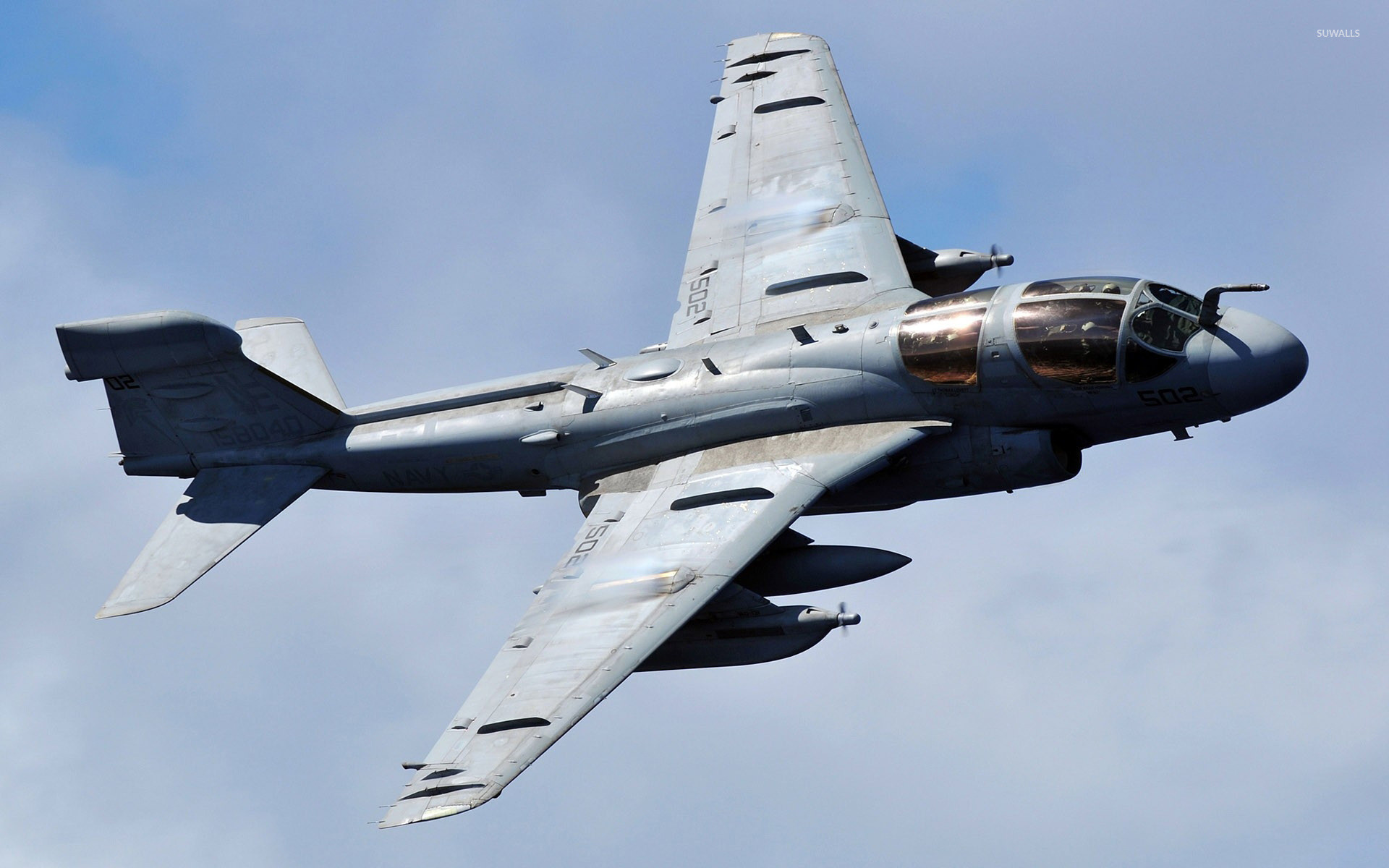Are you dreaming of taking to the skies and embarking on a thrilling career in aviation? Look no further than aviation school, the gateway to a world of possibilities. Whether you’re craving the rush of piloting an aircraft or aiming to become a commercial airline captain, aviation school will equip you with the skills and knowledge necessary to soar into the blue yonder.
One of the first milestones during your aviation journey is obtaining your instrument rating. This essential qualification enables pilots to fly in challenging weather conditions and navigate solely by reference to instruments. By mastering these invaluable skills, you’ll gain confidence in handling adverse situations, making you a safer and more reliable aviator. Aviation school will guide you through the intricacies of instrument flying and ensure you’re well-prepared to tackle any challenge that may come your way.
Aspirations of becoming a commercial pilot? Then a commercial pilot license is your golden ticket to success. Obtaining this prestigious license is no easy feat, as it requires dedication, discipline, and a steadfast commitment to aviation. In aviation school, you’ll receive expert guidance on the requirements, training, and exams necessary to obtain a commercial pilot license. With a comprehensive commercial pilot license guide at your disposal, you can confidently navigate the path towards a rewarding career in the aviation industry.
Choosing the Right Aviation School

When it comes to pursuing your dreams of becoming a pilot, choosing the right aviation school is crucial. With so many options available, it’s important to consider a few key factors before making your decision.
First and foremost, look for an aviation school that is accredited and recognized by aviation authorities. This ensures that the school meets the industry standards and will provide you with a quality education. Additionally, consider the school’s reputation and track record. Look for reviews and feedback from current and past students to get a sense of their experiences.
Next, consider the location of the aviation school. Think about your personal preferences and the environment in which you would thrive. Do you prefer a bustling city or a more rural setting? Also, take into account the local weather conditions as it can greatly impact flight training. Choosing a school located in an area with diverse weather patterns can give you an advantage when it comes to building your flight experience.
Lastly, evaluate the resources and facilities offered by the aviation school. Do they have a well-maintained fleet of aircraft and the necessary simulators for training? Are there experienced instructors who are readily available to guide you throughout your journey? These are important factors that can contribute to your overall learning experience and preparedness for obtaining your instrument rating and commercial pilot license.
By taking the time to research and consider these factors, you can ensure that you choose an aviation school that aligns with your goals and sets you up for success in your aviation career. Remember, this is just the first step on your journey to the skies, so make it count!
Mastering the Instrument Rating
The instrument rating is an essential step for aspiring pilots seeking to enhance their aviation skills. This rating allows pilots to fly in conditions where visibility may be low or even nonexistent, relying solely on the instruments within the aircraft. It is an advanced skill that requires precision and a thorough understanding of navigation, communication, and situational awareness.
To obtain an instrument rating, students enrolled in aviation school undergo rigorous training. They learn how to read and interpret various instruments on the aircraft, enabling them to navigate accurately without relying on external visual cues. Additionally, they master communication protocols to interact effectively with air traffic control, ensuring safe and efficient flight operations.
During instrument rating training, students become adept at navigating through different weather situations. They learn to interpret weather radar data, forecast information, and aviation charts, enabling them to make informed decisions regarding flight paths and altitudes. This comprehensive knowledge helps pilots to plan and execute flights even in challenging weather conditions.
Moreover, mastering the instrument rating provides pilots with the necessary skills to cope with emergency situations. In adverse weather or unforeseen circumstances, pilots with an instrument rating can rely on their training and proficiency to safely land the aircraft. This rating adds another layer of competence and confidence to a pilot’s skill set, contributing to the overall safety of their flying endeavors.
By attaining the instrument rating, pilots expand their opportunities within the aviation industry. They can pursue careers in commercial aviation or work as flight instructors, sharing their knowledge and expertise with aspiring pilots. Furthermore, obtaining an instrument rating opens doors to more advanced certifications, such as the commercial pilot license and further progress in the field of aviation.
In conclusion, mastering the instrument rating is a crucial milestone for pilots during their training journey. It equips them with the necessary skills to fly safely and confidently in low visibility conditions, enhancing their overall career prospects. This rating not only expands pilot capabilities but also contributes to a safer and more efficient aviation industry.
Obtaining a Commercial Pilot License
To obtain a Commercial Pilot License (CPL), aspiring aviators need to fulfill certain requirements and undergo specialized training. This license allows individuals to fly aircraft for compensation or hire, opening up various career opportunities in the aviation industry.
The path to obtaining a CPL starts with having a Private Pilot License (PPL). This foundational license allows pilots to fly for recreational purposes. Once you have your PPL, you can begin working towards your CPL by expanding your flight experience, building more flight hours, and improving your piloting skills.
In addition to flight experience, aspiring commercial pilots must also complete ground school training. Ground school covers essential theoretical knowledge, including subjects such as aerodynamics, navigation, meteorology, and aviation regulations. This classroom-based instruction provides the necessary knowledge to operate aircraft safely and prepares pilots for the written examination required for the CPL.
Once you have gained the required flight experience and completed ground school training, the final step towards obtaining a CPL is passing the practical flight test. This test evaluates a pilot’s ability to handle various flight maneuvers, demonstrate a strong understanding of aviation procedures, and exhibit sound decision-making skills.
By successfully completing these requirements, pilots can earn their Commercial Pilot License, taking them one step closer to a fulfilling career in aviation. With a CPL, pilots can pursue opportunities such as flight instructing, aerial photography, charter flights, and other commercial flying roles.


